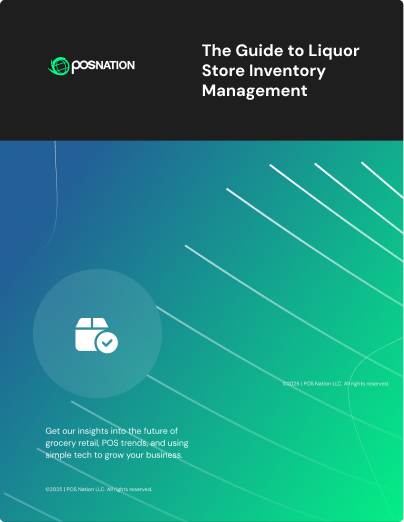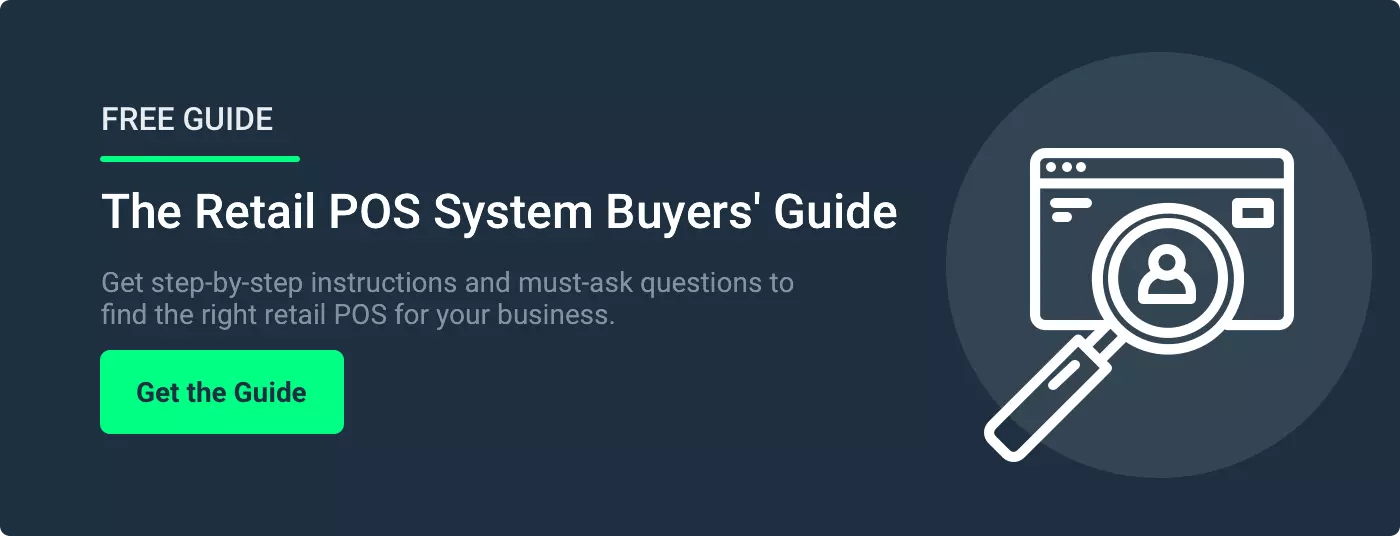COVID-19 has changed the way business owners and managers operate. From retail shops to liquor stores, businesses have activated all-new measures (masks, social distancing) to safeguard both employees and customers.
Additionally, many businesses have invested in contactless payment to limit interpersonal contact. A simple QR code is one of the easiest ways to accept payment.
“QR codes – essentially a kind of barcode that allows transactions to be touchless – have emerged as a permanent text fixture from the COVID-19 pandemic,” reports New York Times contributor Erin Woo. “Restaurants have adopted them en masse, retailers including CVS and Foot Locker have added them to checkout registers, and marketers have splashed them all over retail packaging, direct mail, and billboards.”
So what’s the best way to generate a QR code for your unique business?
How to Create a QR Code for Your Business
Before we begin, you should know that the secret to maximizing the effectiveness of your QR code is pairing it with a hybrid point of sale (POS) system.
We recommend prioritizing the POS system vendors that offer barcode scanners. This hardware allows you to easily read popular 2D barcodes such as QR codes. In most cases, basic scanners can be purchased for less than $100. However, advanced barcode scanners may cost you up to $1,000 per unit.
After investing in a QR scanner, follow these six simple steps to generate a QR code for your unique business:
- Select a QR code generator
- Optimize content for mobile devices
- Paste URL into the QR code generator
- Choose between a static or dynamic QR code
- Test and share your QR code with your customers
- Optimize your QR code over time
How to Choose a QR Code Generator
There are plenty of great QR code generators. Some paid QR code generators offer advanced features such as analytics and reporting, enhanced customization, and more. Meanwhile, most free QR code generators offer all the basics needed to get started.
Here is a list of our favorite QR code generators:
If you’re considering investing in a paid QR code generator, we recommend committing to a free trial before making your purchase. This will give you a great opportunity to test out the tool’s basic features and functions. During your free trial, double-check that your scanner can actually read and process the QR code.
RELATED READING: 5 POS Register System Features to Use in 2021
How to Make Your QR Code Accessible
So where should you place your QR code?
If you want to provide an easy way for customers to find you on social media, you could place your QR code at the checkout areas. If you’re interested in streamlining your checkout process, consider placing your QR code right at the register.
iPhone users can easily open their phone camera and point it at the QR code. In most cases, a Safari notification will appear. Similarly, Android users can open their phone camera to process the QR code. However, many Android devices come equipped with special applications designed to automatically process QR codes.
RELATED READING: 5 Top Digital Marketing Solutions for Small Business in 2021
Pair Your QR Code With a POS System
To maximize the effectiveness of your newly-created QR code, you must invest in a modern POS system. It’s an often overlooked component of small business success.
When searching for the right POS system, it’s important to pay close attention to the features that prospective vendors offer right out of the box. Unfortunately, not all POS systems are created equal. In fact, many POS vendors overcharge and underdeliver when it comes to the features that you need to be successful. Before long, you’ve invested hundreds (or thousands) of dollars on system “add-ons.”
It’s these kinds of extra expenses that stifle business growth.
There has to be a better way, right?
To find the very best POS system for your growing business, we recommend our guide, The Retail Point of Sale System Buyers’ Guide.
Download this free resource to streamline your purchasing experience, strengthen your checkout experience, and create raving prospects/customers.






 by Graham Hoffman
by Graham Hoffman

 by Brian Sullivan
by Brian Sullivan

 by Cort Ouzts
by Cort Ouzts

 by Spence Hoffman
by Spence Hoffman